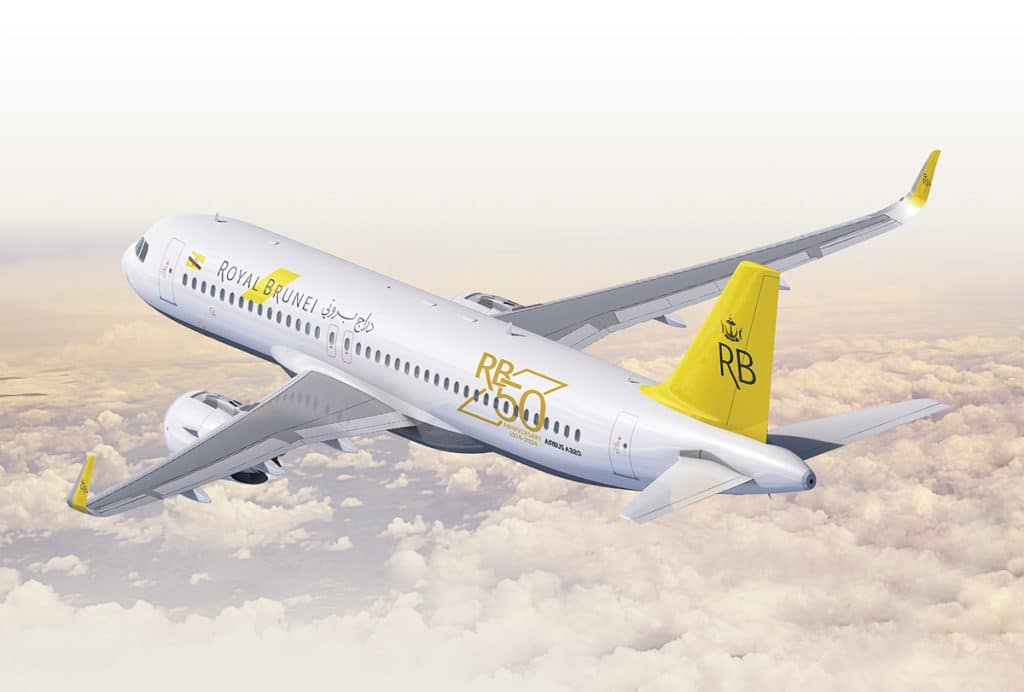Proven COTM Solutions – For Today and Tomorrow
Intelsat General (IGC) has been providing reliable communications-on-the-move (COTM) via satellite to remotely piloted aircraft since the early 2000s. Airborne Satellite COTM is used to address two primary applications for manned and unmanned aircraft: en-route communications for senior leadership and airborne intelligence, surveillance and reconnaissance (AISR) missions.
Over the last decade, Intelsat General has designed several Airborne Satellite COTM networks using Ku-band capacity that have fulfilled the ever-increasing customer demand for faster data rates over specific regions as well as for high data rates globally. These services support government and commercial users requiring en-route communications for various applications, including two-way voice/data/VTC communications and Internet connectivity for Department of Defense senior leaders who need reliable communications when in flight for operational missions anywhere in the world.
The main challenge in designing custom en-route communications is the engineering of SATCOM links to meet specific data rate and availability requirements over the entire needed coverage area. Network engineers aim to maximize the number of simultaneous aircraft operations for the service within a given performance range of aircraft terminals, while at the same time minimizing the leased MHz bandwidth required.
Typical en-route terminal size/performance consists of:
- 30 cm (12inch) terminals with a G/T of 8.4 dB/K and EIRP of 39.5 dBW
- 45 cm (18 inch) terminals with a G/T of 11 dB/K and EIRP of 43.1 dBW
The link is typically engineered to data rates ranging from 1.2 Mbps to 6 Mbps in the forward (to aircraft) direction, and 512 kbps to 1 Mbps in the return (from aircraft) direction. IGC has a great deal of experience in designing Airborne Satellite COTM networks for assured-access (i.e. guaranteed availability) en-route communications while also meeting stringent information assurance and security requirements.
Given the current budgetary climate, government agencies and commercial entities logically want to leverage the existing investments made in their hub and terminal infrastructure for Ku-band satellites. IGC’s future Airborne Satellite COTM networks will enable this continuity through Intelsat’s new EpicNG family of High Throughput Satellites (HTS).
These spacecraft are designed expressly to deliver higher performance in the most cost-efficient and backwards-compatible manner with no restrictions on vendor or connectivity topologies. Table 1 illustrates typical data-rate enhancements with an Intelsat EpicNG platform. These performance improvements could be used either as an overlay in areas requiring high-throughput, or as a stand-alone high-performance mobility fabric.
Starting with the Intelsat IS-29e and IS-33e spacecraft, Intelsat EpicNG will herald the era of uniform high performance in a global series of high-performance satellites. These spacecraft will supplement existing and future Ku-band wide-beam and steerable-spot-beam offerings by using a unique mix of Ku-band spot and wide beams on the same Intelsat EpicNG satellite.
Airborne Satellite COTM networks based on EpicNG will be truly revolutionary, as the next-generation multi-spot beam architecture will allow customers to retain all the advantages of an IGC solution including maximum flexibility, control over the vendors involved, customized connection topologies, and management of the network.
Customers need proven solutions that offer the greatest flexibility possible. The open architecture, backward compatibility and future-proof Ku-band-based strategy from IGC is the best approach to optimally meet current and future demands in Airborne Satellite COTM in today’s fiscally-constrained budgetary environment.






















